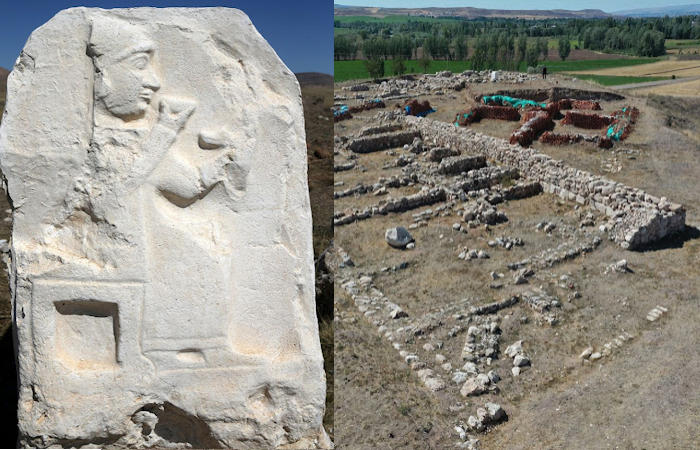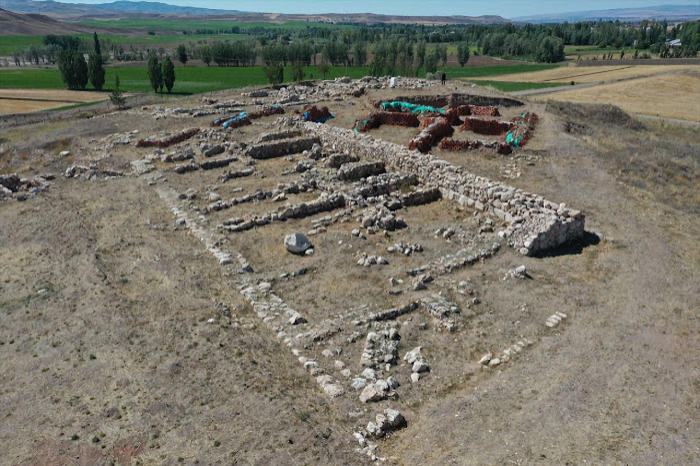Conny Waters – MessageToEagle.com – As several previous archaeological excavations have proved there is no doubt the ancient Hittite Empire left a rich historical legacy for future generations.
“The Hittites were once one of the most powerful ancient civilizations that occupied the ancient region of Anatolia.
This long-gone culture has been of great interest to archaeologists and historians but unraveling the truth about the Hittites has been a difficult task.
Credit: Anadolu Agency
The Hittites entered Anatolia around 2000 B.C. and their capital would eventually be Hattusha in what is today modern Turkey.” 1
However, Hattusha was not the only important city to the Hittites. Kayalipinar, a 3,800-year-old ancient city where many monumental structures and administrative buildings have been unearthed offers evidence this place was of great significance to the Old Assyrians and the Hittites.
Located in Turkey’s central Sivas province the city of Kayalipinar is referred to as “Samuha” in ancient Assyrian and Hittite cuneiform texts.
As reported by the Anadolu Agency, Cigdem Maner, an archeologist at Koc University in Istanbul has now announced that preliminary preparations for the excavations to be carried out in the Kayalipinar village of the Yildizeli district in Sivas have been completed.
Credit: Anadolu Agency
“The cult of the goddess of the night was brought to Samuha from the Cilicia region [Southern Anatolia] during the reign of the Hittite King Tuthaliya II, and a temple was built for her.
This temple and cult were later renewed during the reign of Mursili II and a temple was built for the goddess Shaushka-Ishtar. Hattusili III had declared Shaushka as his own goddess, while his son Tudhalija IV and the kings after him also continued this cult,” Maner said.
See also: More Archaeology News
According to some old texts, the temple has 14 rooms, while the excavation team currently does not know what they will encounter, she said.
“The most beautiful artifacts to be unearthed would be the statue of the goddess, cult objects, and cuneiform tablets describing rituals,” she added.
Written by Conny Waters – AncientPages.com Staff Writer
Expand for references







